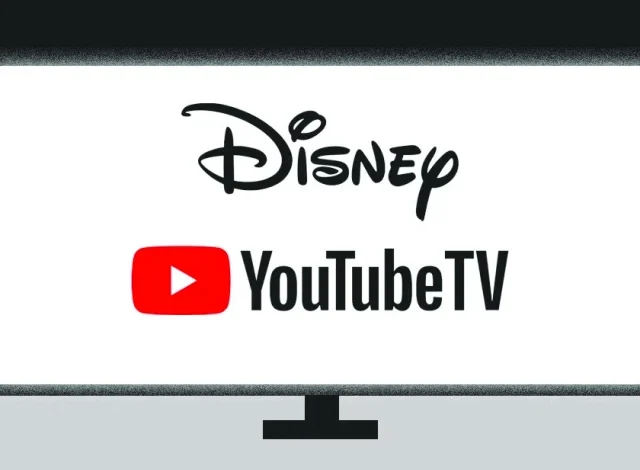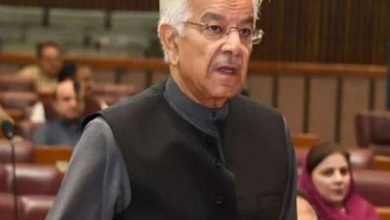Disney turns to AI while battling YouTube TV blackout

LOS ANGELES:
Walt Disney Co has warned investors that its ongoing dispute with YouTube TV could drag on, sparking fresh concerns about the company’s shrinking traditional television business, as its quarterly revenue fell short of market expectations.
Disney’s Chief Financial Officer Hugh Johnston told analysts the company had “built a hedge” into its forecasts to account for a potentially lengthy blackout of its TV networks on YouTube TV — the fourth-largest pay-TV provider in the United States with about 10 million subscribers.
The channels went dark on October 30 following a breakdown in carriage rights negotiations between Disney and YouTube’s parent company, Alphabet. “Disney is reducing its reliance upon cable companies to distribute its channels, said Ross Benes, senior analyst at Emarketer.
But cutting out video distributors will take time,” Benes added. “YouTube TV is one of the leading cable TV providers, so its absence is a big hole for sports fans.” Analysts at Morgan Stanley estimate that a two-week blackout could cost Disney about $60 million in revenue.
The dispute highlights YouTube TV’s rapid growth and the financial muscle of its parent company Google, which gives it leverage in talks with major content providers. Chief Executive Bob Iger defended Disney’s position, saying the proposed deal offered to YouTube TV was “equal to or better than what other large distributors have already agreed to.”
He stressed that Disney would only strike a deal that reflects “the value that we deliver, which both YouTube and Alphabet have told us is greater than the value of any other provider.”
Disney added 12.5 million new subscribers to its Disney+ and Hulu platforms during the quarter, bringing their combined total to 196 million. Johnston told Reuters the jump was helped by a new distribution deal with Charter Communications.
Iger revealed that Disney is in talks with artificial intelligence firms to explore ways of integrating AI across its platforms while safeguarding its intellectual property. “There are phenomenal opportunities to deploy AI across our direct-to-consumer platforms,” Iger said. “It can make the platforms more dynamic for users — and even allow subscribers to create short-form content.”
The YouTube TV standoff underscores the shifting power dynamics in the entertainment industry, as Disney navigates the transition from traditional broadcasting to streaming — a move that could determine the company’s long-term trajectory.



